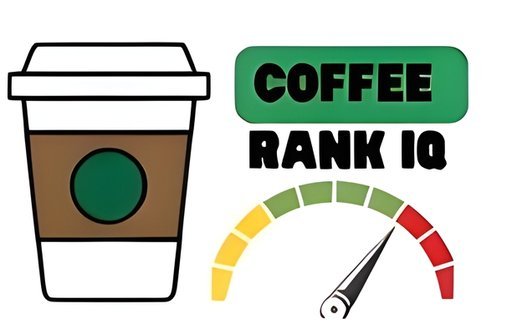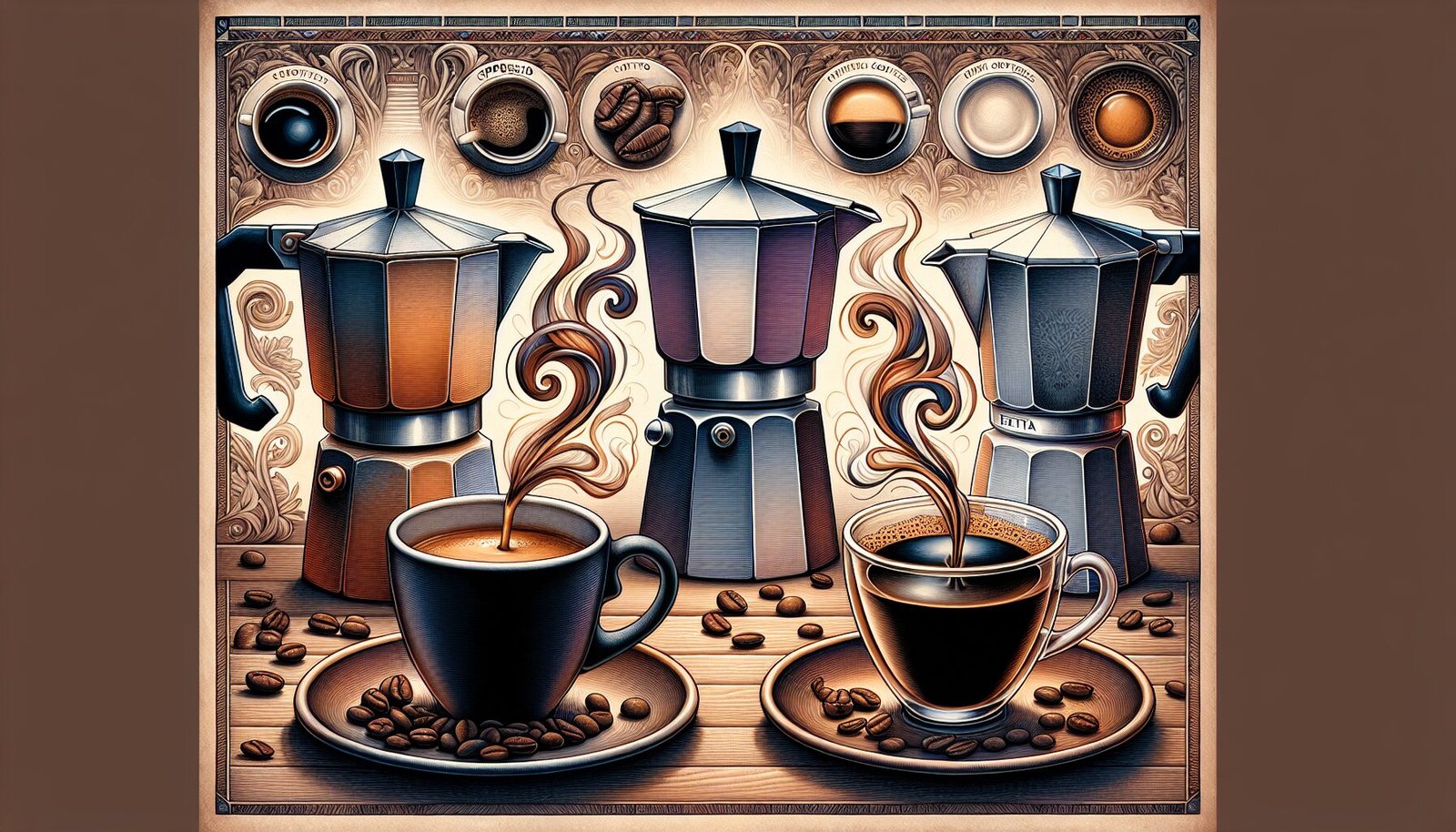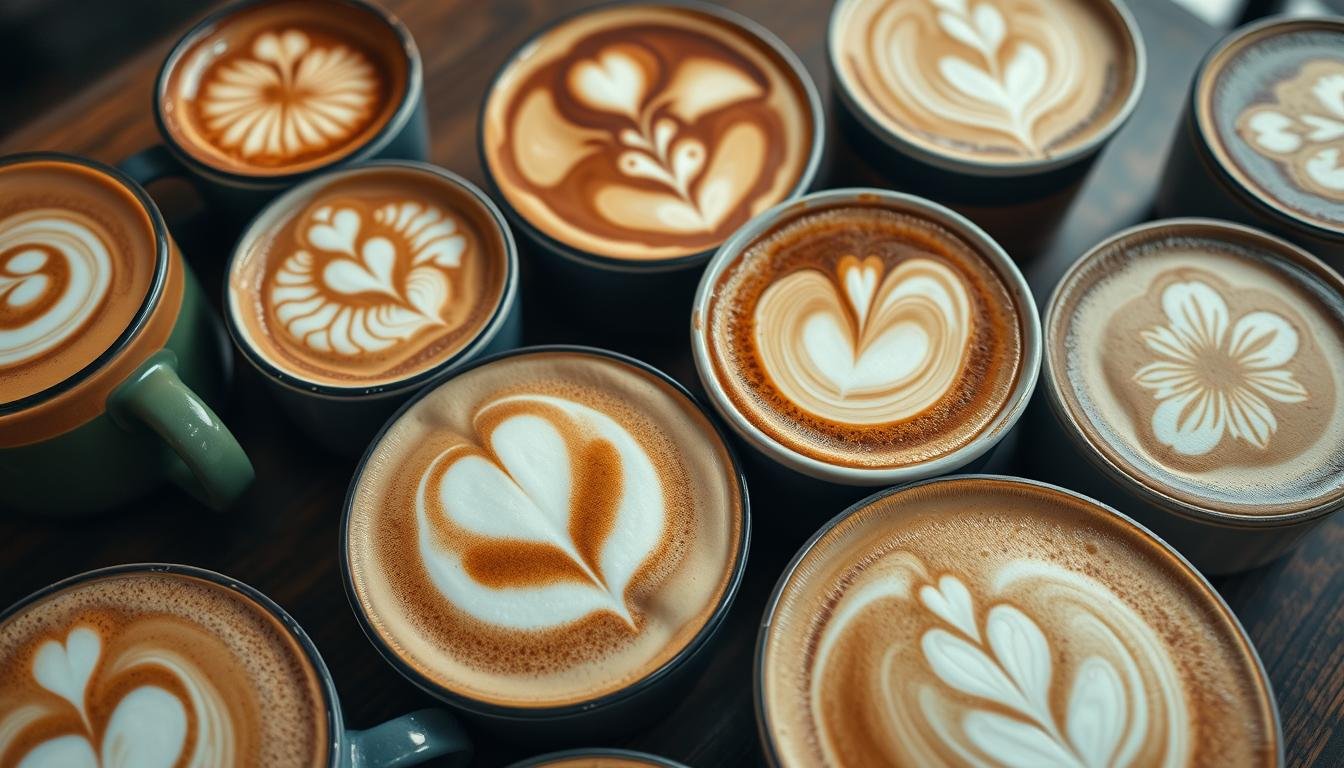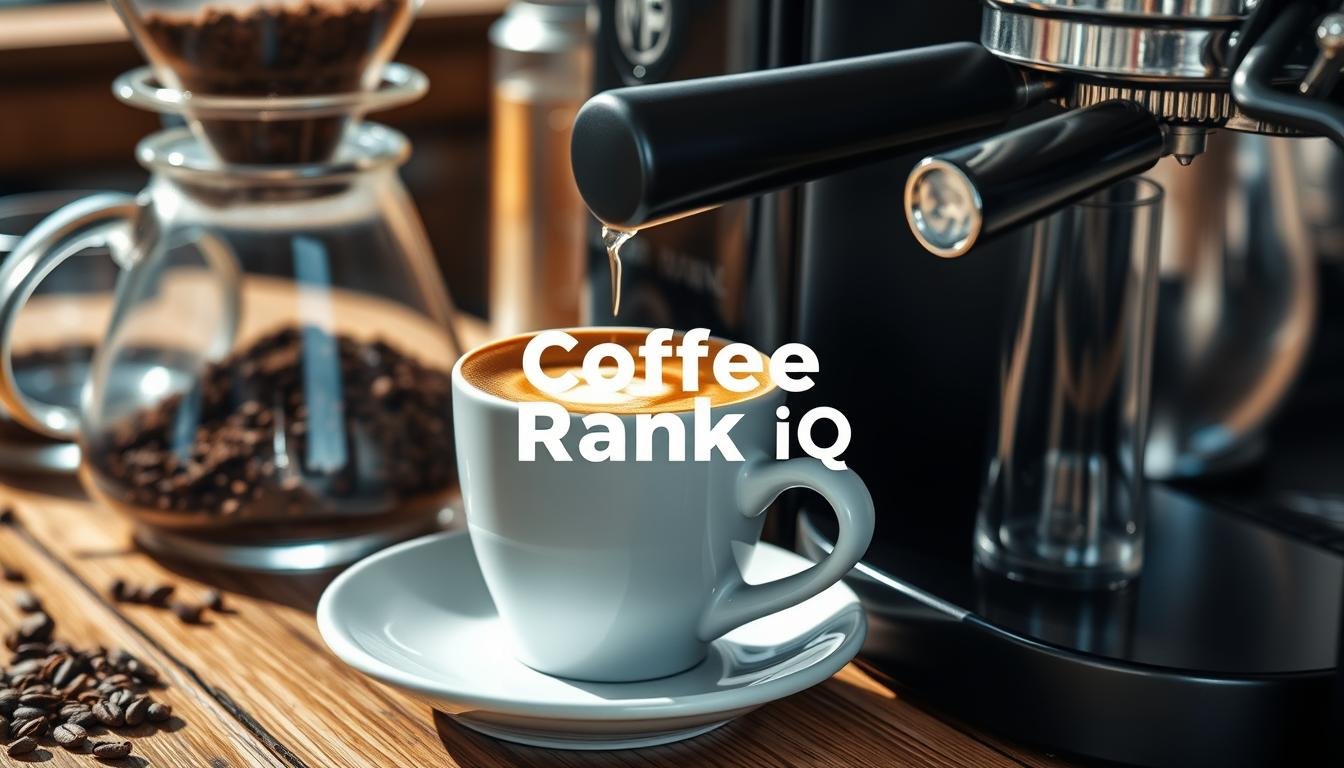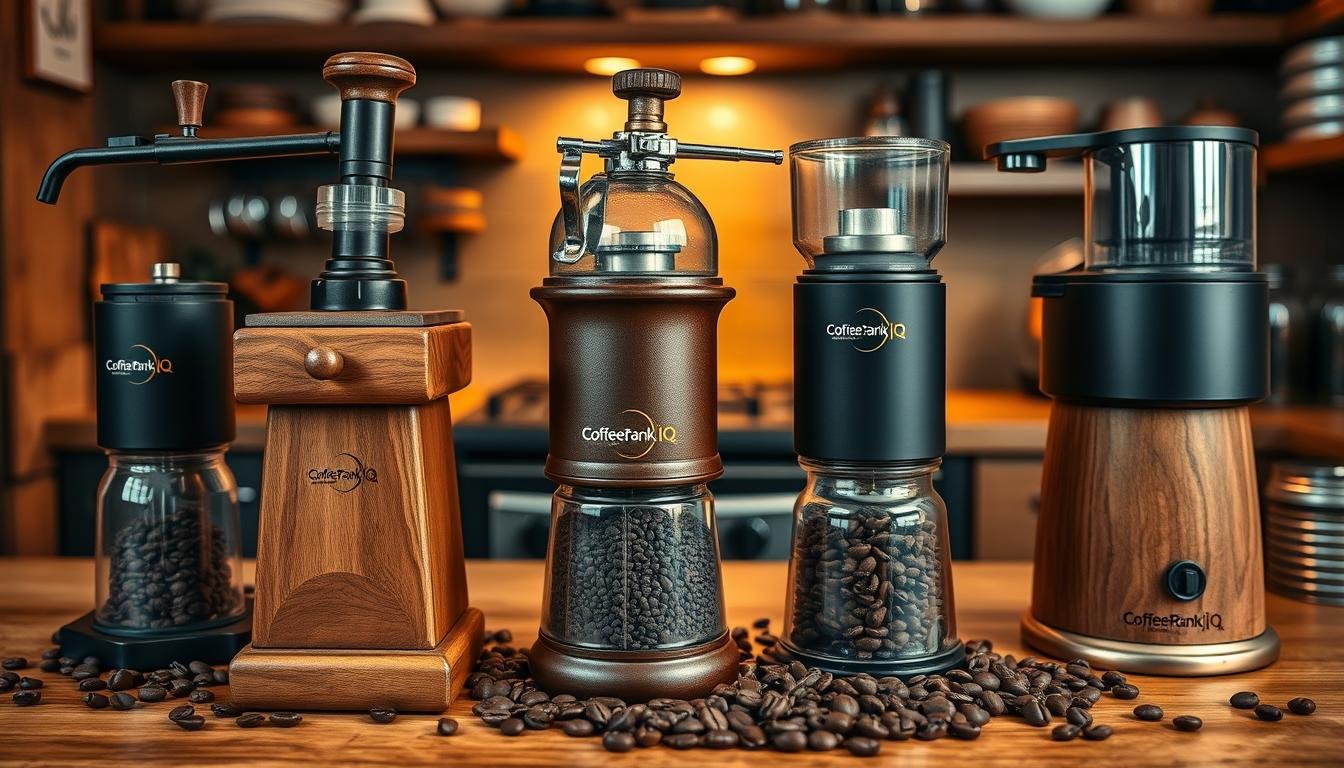In the quest to decipher the mysteries of the coffee world, a persistent query lingers among avid enthusiasts: is espresso truly stronger than regular brewed coffee? This question has stirred debates in cafes and kitchens alike, prompting an exploration into the very essence of their compositions. By scrutinizing the brewing techniques and composition of these highly cherished beverages, one can uncover the answer to this perplexing conundrum.
Espresso vs Coffee
Definition of Espresso
Espresso is a concentrated form of coffee that is brewed using high-pressure extraction. It is made by forcing hot water through finely ground coffee beans, resulting in a small serving size with a strong and intense flavor.
Definition of Coffee
Coffee, on the other hand, refers to a beverage made from brewed coffee beans. It is typically prepared by pouring hot water over coarsely ground coffee and allowing it to steep or drip through a filter. Coffee comes in various forms, including drip coffee, French press, Turkish coffee, and more.
The Brewing Process
The brewing process of espresso differs from that of coffee. Espresso is brewed using a specialized machine that applies pressure to extract the flavors and oils from the coffee. The hot water is forced through the coffee grounds at a high pressure, resulting in a short extraction time of around 25-30 seconds. This quick brewing process produces a concentrated and flavorful shot of espresso.
On the other hand, coffee is brewed by steeping or dripping hot water over coarsely ground coffee beans and allowing it to pass through a filter. The water flows through the coffee grounds more slowly, resulting in a longer extraction time of several minutes. This slower brewing process allows for a more gradual extraction of flavors and a milder taste compared to espresso.
Caffeine Content
When it comes to caffeine content, espresso is known for its high concentration of caffeine. The concentrated nature of espresso means that it contains more caffeine per ounce than regular coffee. However, it is important to note that the serving size of espresso is typically much smaller than that of coffee, so the overall caffeine intake may vary.
Flavor and Taste
Espresso Flavor
Espresso is characterized by its bold and intense flavor profile. The high-pressure extraction process extracts more oils and flavors from the coffee grounds, resulting in a concentrated and robust taste. Espresso is known for its rich and full-bodied flavor, often described as nutty, chocolatey, or even fruity, depending on the type of coffee beans used.
Coffee Flavor
Coffee offers a wider range of flavor profiles due to the different brewing methods and the variety of coffee beans available. Drip coffee, for example, tends to have a milder and more balanced taste compared to espresso. The flavors and aromas of coffee can vary greatly, ranging from floral and fruity to earthy and savory, depending on factors such as origin, roast level, and brewing method.
Taste Preferences
Whether you prefer the bold intensity of espresso or the milder, more nuanced flavors of coffee largely depends on personal taste preferences. Some individuals enjoy the strong kick and concentrated flavors of espresso, while others prefer the smoother and more balanced taste of coffee. Exploring Different brewing methods and coffee beans can help you discover your preferred flavor profiles.
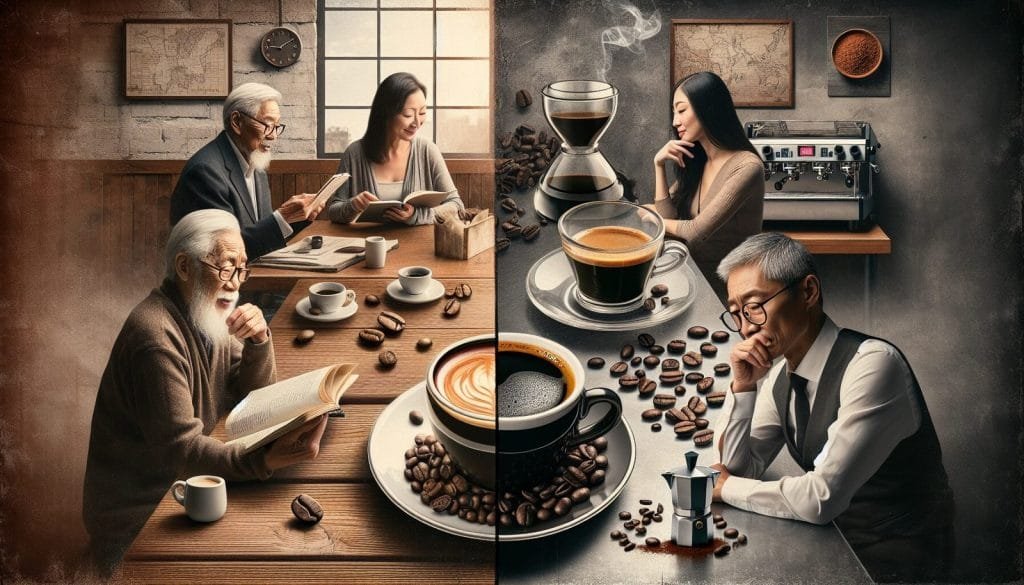
Serving Size
Espresso Serving Size
Espresso is typically served in small quantities, usually in shots of 1 to 2 ounces. The small serving size is intentional, as it allows the full intensity and flavor of the espresso to be appreciated in a concentrated form. This small volume is often enjoyed as a standalone drink or used as the foundation for other espresso-based beverages.
Coffee Serving Size
Coffee is generally served in larger quantities, with a standard cup of coffee ranging from 8 to 12 ounces. The larger serving size allows for a longer and more leisurely consumption experience. Many individuals enjoy savoring a cup of coffee over a more extended period, allowing the flavors to develop and evolve as they drink.
Comparing Strength
While espresso is More concentrated and stronger in flavor, the strength of coffee can vary depending on factors such as the type of beans, roast level, and brewing method. Generally, the caffeine content in espresso is higher per ounce, but the overall strength of a cup of coffee can be comparable, especially when consumed in larger quantities.
Brewing Methods
Espresso Brewing Method
Espresso is brewed using an espresso machine, which applies heat and pressure to force hot water through finely ground coffee at a high speed. The espresso machine typically includes a portafilter, where the coffee grounds are packed, and a water boiler that heats the water to the correct temperature. The high pressure applied during the extraction process results in a strong and flavorful shot of espresso.
Coffee Brewing Methods
Coffee can be brewed using various methods, each offering unique flavors and characteristics. Drip brewing, also known as filter brewing, involves pouring hot water over coffee grounds placed in a filter, which then slowly drips through into a pot or carafe. Other popular brewing methods include French press, where coffee grounds steep in hot water, and pour-over, where water is poured manually over a filter containing coffee grounds.
Pressure vs Drip
One of the key differences between espresso and coffee brewing methods is the level of pressure applied. Espresso is brewed under high pressure, which forces the hot water to extract the flavors and oils quickly. This results in the intensified and concentrated taste characteristic of espresso. In contrast, drip brewing exposes the coffee grounds to hot water without the same level of pressure, allowing for a slower extraction process and a milder taste.
Grind Size
The grind size of coffee beans differs depending on the intended brewing method. For espresso, a fine grind is necessary to allow for the proper extraction under high pressure. The smaller particles increase the surface area and facilitate the extraction process. In contrast, drip coffee requires a coarser grind to allow for a slower extraction and prevent over-extraction. The different grind sizes contribute to the unique characteristics of each brewing method.

Caffeine Content
Factors Affecting Caffeine Content
The Caffeine content in both espresso and coffee can vary depending on several factors. The type of coffee beans used, the brewing method, the ratio of water to coffee, and the serving size all contribute to the overall caffeine content in a cup. Additionally, individual factors such as metabolism and tolerance can also affect how caffeine is absorbed and processed by the body.
Espresso Caffeine Content
Espresso is often perceived as being high in caffeine due to its concentrated nature. While it is true that espresso contains more caffeine per ounce compared to regular coffee, the serving size is significantly smaller. On average, a Single shot of espresso (about 1 ounce) contains approximately 63 milligrams of caffeine. However, it is important to remember that espresso-based beverages like lattes or cappuccinos usually include multiple shots, potentially increasing the caffeine content.
Coffee Caffeine Content
Coffee, on the other hand, generally has a lower concentration of caffeine per ounce compared to espresso. A typical 8-ounce cup of coffee contains around 95 milligrams of caffeine, but this can vary depending on the factors mentioned earlier. The larger serving size of coffee means that you may consume more total caffeine when drinking a full cup compared to a single shot of espresso.
Caffeine Absorption
The Rate of caffeine absorption can also differ between espresso and coffee consumption. The high pressure and rapid extraction of the espresso brewing process may result in faster absorption of caffeine into the bloodstream. On the other hand, the slower extraction process of coffee may lead to a more gradual release of caffeine. Individual sensitivity to caffeine may also influence how quickly it is absorbed and its effects on the body.
Sustainability and Environmental Impact
Espresso Production
The production of espresso involves specific steps that can contribute to its environmental impact. Cultivating the coffee beans requires land, water, and other resources. The energy used in the espresso machine’s operation and the use of single-use coffee pods can also contribute to environmental concerns. However, sustainability efforts, such as sourcing coffee beans from certified farms and using reusable or compostable pods, can help mitigate some of these environmental impacts.
Coffee Production
Coffee production, like espresso, has its own set of sustainability challenges. The cultivation of coffee beans in areas such as tropical rainforests can have implications for deforestation and habitat loss. Additionally, the processing, transportation, and packaging of coffee can also contribute to the carbon footprint associated with coffee production. Sustainable practices, such as shade-grown farming or fair trade certification, aim to address these concerns and promote environmentally friendly coffee production.
Environmental Considerations
When choosing between espresso and coffee, considering the environmental impact is crucial. Opting for sustainably sourced coffee beans, choosing reusable or compostable brewing methods, and supporting companies with ethical and eco-friendly practices can help minimize the environmental footprint associated with coffee consumption. It is important to be mindful of our choices and prioritize sustainability to protect the planet for future generations.
Health Effects
Stimulant Effects
Both espresso and coffee contain caffeine, a natural stimulant that can have various effects on the body. The caffeine in these beverages can increase alertness, improve focus, and temporarily alleviate drowsiness. These stimulant effects can vary in intensity depending on the caffeine content and individual sensitivity. It is important to note that excessive caffeine consumption can lead to negative effects such as jitters, anxiety, or sleep disturbances.
Benefits of Moderate Consumption
Studies have indicated several Potential health benefits associated with moderate coffee consumption. Regular, moderate coffee intake has been linked to a reduced risk of certain diseases, including Parkinson’s disease, type 2 diabetes, and certain types of cancer. Coffee also contains antioxidants that may contribute to overall health and well-being. However, individual responses to coffee can vary, and moderation is key to enjoying the potential benefits without the negative effects.
Side Effects of Excessive Intake
Excessive intake of caffeine, whether from espresso or coffee, can lead to various side effects. Consuming too much caffeine can cause increased heart rate, anxiety, insomnia, and digestive issues. It can also exacerbate symptoms in individuals with certain health conditions, such as acid reflux or high blood pressure. It is important to be mindful of your caffeine consumption and listen to your body’s signals to avoid negative side effects.
Cost Comparison
Espresso Costs
Espresso can be relatively expensive compared to regular coffee due to the specialized equipment required for brewing. The cost of a high-quality espresso machine can vary significantly, ranging from a few hundred dollars to several thousand. Additionally, the price of coffee beans specifically formulated for espresso can be higher compared to regular coffee beans. Considering the small serving size of espresso, the overall cost per cup can be higher.
Coffee Costs
Coffee, especially when brewed at home using more accessible methods like drip brewing, tends to be more cost-effective. The wide availability of coffee beans and the range of prices offer flexibility in budgeting. While premium specialty coffees or certain brewing methods may be more expensive, there are many affordable options available. Additionally, purchasing coffee in bulk or from local roasters can often provide cost savings.
Factors Affecting Prices
The prices of both espresso and coffee can be influenced by various factors. The sourcing and quality of coffee beans, the region of production, the processing methods, and the brand or origin all play a role in determining the price. The type of equipment used, such as espresso machines or coffee makers, can also affect costs. It is important to consider your budget and priorities when deciding between espresso and coffee.
Popular Espresso Drinks
Cappuccino
Cappuccino is a classic espresso-based drink that combines equal parts espresso, steamed milk, and milk foam. The creamy texture of the steamed milk blends harmoniously with the intensity of the espresso, creating a balanced and smooth beverage. Cappuccinos are often enjoyed as a morning pick-me-up or a midday treat and can be customized with flavored syrups or toppings like chocolate or cinnamon.
Latte
Latte, short for caffè latte, is a popular espresso-based drink made with espresso shots and a larger amount of steamed milk. A latte typically has a higher milk-to-espresso ratio, resulting in a milder and creamier taste compared to cappuccinos. The addition of milk creates a velvety texture and allows for artistic designs to be made on the surface, making it a visually appealing and satisfying choice for coffee lovers.
Americano
An Americano is a simple yet satisfying espresso-based drink made by diluting espresso shots with hot water. This drink is ideal for those looking for a less concentrated espresso experience or for individuals who enjoy a black coffee but prefer the taste of espresso. The water added to the espresso helps mellow out the intense flavors, resulting in a smoother and more approachable drink.
Macchiato
Macchiato, meaning “stained” or “marked” in Italian, is an espresso-based drink with a touch of milk. A traditional macchiato consists of a shot of espresso “stained” or topped with a small amount of foamed milk. This minimalistic drink allows the robust flavors of the espresso to shine through, with just a hint of sweetness and creaminess from the milk. Macchiatos are often served in smaller or demitasse cups to emphasize its concentrated nature.
Reputation and Cultural Significance
Espresso Culture
Espresso has a rich cultural significance in various parts of the world, particularly in Italy, where it originated. Espresso is deeply ingrained in Italian culture, where it is often enjoyed as a part of daily life and social gatherings. The Italian tradition of sipping espresso at a bar counter is a hallmark of espresso culture. In many countries, the art of making espresso is revered, with baristas honing their skills to create the perfect shot of espresso.
Coffee Culture
Coffee, in its various forms, has become a global phenomenon and has its own distinct cultural significance in different regions. In countries like the United States, coffee has become deeply intertwined with daily routines and is often associated with productivity and socializing. Coffeehouses and specialty coffee shops have proliferated, offering a space for individuals to gather, work, or simply enjoy a cup of coffee with friends.
Regional Preferences
The preference for espresso or coffee can vary depending on cultural norms and regional preferences. Italy, for example, is known for its strong espresso culture, while countries like the United States have a strong coffee culture that embraces a wide range of brewing methods and coffee types. Regional variations in taste preferences, brewing techniques, and coffee consumption habits can provide a deeper understanding of the rich diversity in global coffee traditions.
In conclusion, espresso and coffee each offer distinct characteristics that cater to different taste preferences and consumption habits. Espresso’s concentrated form, bold flavor, and high caffeine content make it a popular choice for those seeking an intense and quick coffee experience. On the other hand, coffee’s milder taste, larger serving size, and variety of brewing methods appeal to those who enjoy a more leisurely and customizable coffee-drinking experience. Both espresso and coffee have their own place in culinary traditions, cultural rituals, and personal preferences, enriching the global world of coffee.
